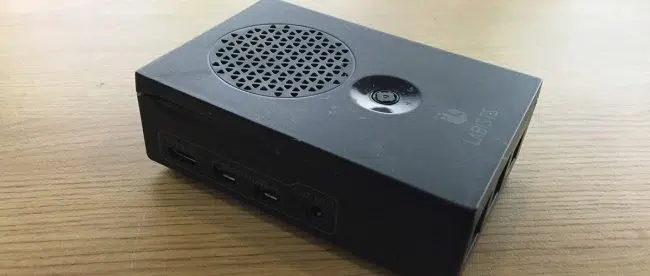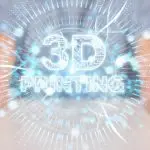OctoPrint – What Is It And What Does It Do?
If there’s one thing that’s always struck me as odd about 3D printers it’s that they’re very much standalone devices. There are some exceptions, but generally they’re not very connected. You download or design 3D print jobs with your PC, but then you need to save them to a TF card and load them into the printer that way. It’s a little bit unusual in this day and age. If I want to print a document on my laser printer I can just hit Ctrl+P in whatever programme I’m using, and the document goes right to the printer. It feels odd, because 3D printers are cutting-edge technology whereas these days a laser printer is about as exciting as a stapler.
So Can We Fix This?
OctoPrint is a free app that, working with some fairly affordable equipment, can add a whole range of new capabilities to your 3D printer. It works through a web interface that gives you a huge amount of control over the printer. Here are a few of the highlights:
- Send files to your printer wirelessly – no more fiddling with TF cards.
- Monitor and control the printer remotely, from anywhere you can open a web browser.
- Watch your print job with a webcam.
- Slice directly in OctoPrint and send it direct to the printer.
- Create time-lapse videos of your printer in action.
If you understand how your 3D printer works you’ll immediately notice that this all involves hardware your printer isn’t actually equipped with. A wireless network card, for example. A webcam. Any kind of system that allows you to control it remotely. (Yes, we know some 3D printers do have those features. Most don’t, though.)
OctoPrint has a simple solution for this – use a Raspberry Pi. If you’re not familiar with the Raspberry Pi, it’s a tiny computer that costs about £100 – and when I say tiny it really is; in its case, together with integrated webcam, a Raspberry Pi 4 is not much bigger than a pack of cigarettes. It has a couple of USB ports for attaching a mouse and keyboard, and two micro-HDMI ports for connecting monitors. Processor, memory and graphics are all integrated on the credit card-sized motherboard, and it uses a TF card to store its operating system and files.
Normally the Pi runs a Linux-based operating system called, unimaginatively, Raspberry Pi OS. However, you can load OctoPi onto a card and run that instead. OctoPi runs on the same Linux base as the standard Pi OS, but has OctoPrint and all the other required bits already installed.
OctoPrint is completely open-source software, so there are a lot of add-ons available for it and some of them are frankly amazing. For example, The Spaghetti Detective uses the Pi’s webcam – or a different webcam; it’s not picky – and an advanced AI routine to watch your print job. If it detects something going wrong it will stop the print job immediately. If you’ve ever come back from the pub to find that a print has come unstuck from the bed, and you now have a tangle of filament all over the place, you’ll appreciate how useful that is.
Is It Easy To Use?
That’s a good question, but unfortunately I have a terrible answer – I don’t know. However, I plan to find out. I have a Raspberry Pi 4B sitting on my desk, and in the next few days I’m going to try to load it up with OctoPrint and get it working with our Ender 3. If I can get it to work – and the OctoPrint site has instructions that look like even I can manage to follow them – I’ll test out the basic functions and report back on how it works. Then we’ll move on to trying some of the more exciting plugins for it. Check back soon to find out how I got on!






Leave a comment
You must be logged in to post a comment.